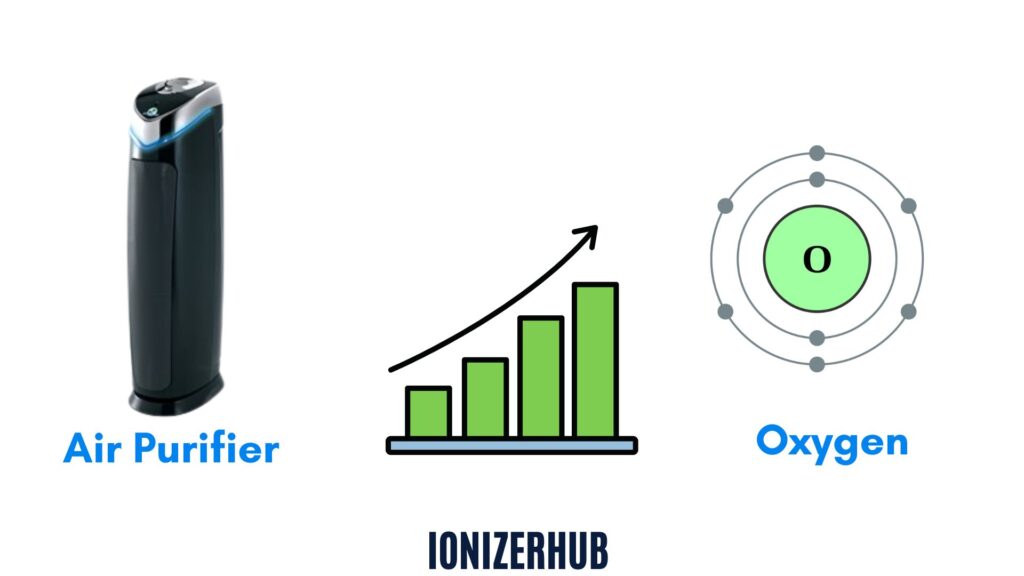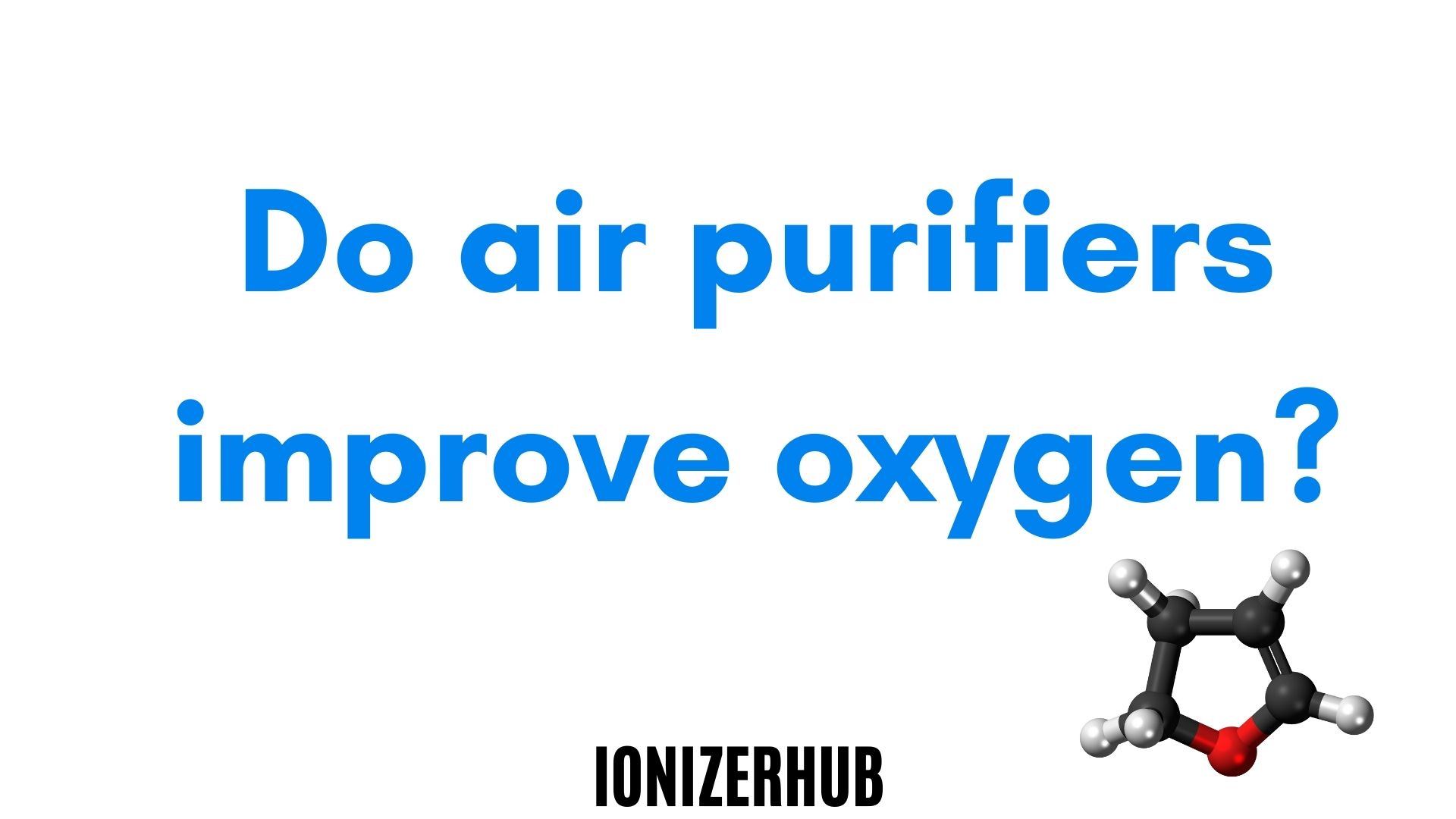Air purifiers help to enhance the performance of indoor air. Some people prefer a decent amount of oxygen in their houses, and they also wonder if purifiers generate oxygen. If you are one of them, then this article is for you.
Read the article until the end to better clarify air purifiers and oxygen levels.
Can air purifiers increase oxygen levels?

Air purifiers do not produce oxygen, but they purify it by sifting it with high-quality filtration. Many air purifiers are unable to bring in fresh air from outdoors. As a result, a different new air device is a must to sustain a high level of indoor oxygen.
Several individuals consider that air purifiers produce oxygen, which is a myth since air purifiers aren’t meant to supply oxygen.
Moreover, air purifiers extract contaminants that can induce respiratory complications.
A high-quality cleaner would refresh stale air, lowering the threat of medical problems caused by toxic elements that could induce breathing diseases, neurobiological difficulties, and exasperate asthma attacks.
A good air purifier would maintain our health by expelling various indoor air contaminants.
What can you do to increase oxygen levels?
Even though an air purifier will not boost your oxygen level, it will probably enhance the indoor oxidation standard. You can use a few techniques to increase your oxygen concentration, and this article will discuss some efficient methodologies for increasing indoor oxidation levels.
Ensure adequate air circulation.
The air inside the home needs to be fresh and breathable by ventilation. So, open your windows to let fresh air into your home. Fresh air circulation is critical for maintaining a better and healthier climate.
While ventilating the space, you must close the door, and it would assist you in keeping cool air within the home. You could also utilize a fan to improve air circulation, and this also helps to eliminate smells and maintain the living space clean.
Add plants to your home to decorate it.
Indoor plants would assist you in obtaining more oxygen as well as detoxify the air in your residence. You must position the plants in areas where you splurge a bunch of time, like bedrooms and kitchens. Before buying plants, perform an online search to ensure they aren’t poisonous to pets.
A green plant is an excellent origin of oxygen, enhancing breathing capacity. As a result, you could purchase greenhouse plants and put those in the room. It generates oxygen and keeps you relaxed. Furthermore, it improves the aesthetics of your space.
Make use of a Salt Lamp.
A conventional lamp made of Himalayan sodium could indeed clean the air, and it removes toxins from the atmosphere and increases the oxidation amount in your room. As a result, you may utilize this form of a salt lamp.
Don’t smoke
What if we tell you that smoking is also the primary reason for reduced oxygen? Yes, you heard it correctly. You should stop smoking within the house because it does have the natural ability to reduce oxidation levels. Smoking discontinuation is beneficial for the enclosed surroundings, but it is also great for our health.
When you stop smoking, the air becomes more oxygenated and less likely to suffocate.
Invest in an air filter.
You can easily purchase air filters online or from your local hardware store. There are numerous types of air purifiers available in the market that can help you improve the air quality in your home and increase the amount of oxygen it contains.
Conclusion
Purchasing an air purifier will not assist you in increasing the oxygen concentration in your space. The air will be relatively clean in your room due to air purifiers which remove almost all the dust particles.
Since they’re not attached to the outdoors and do not carry in clean air from outside, air purifiers aren’t meant to provide ventilation to your room.
An air filtration system does not make you sick since it improves indoor air performance but instead tends to make you less sick by capturing small dust particles on its HEPA filter.
